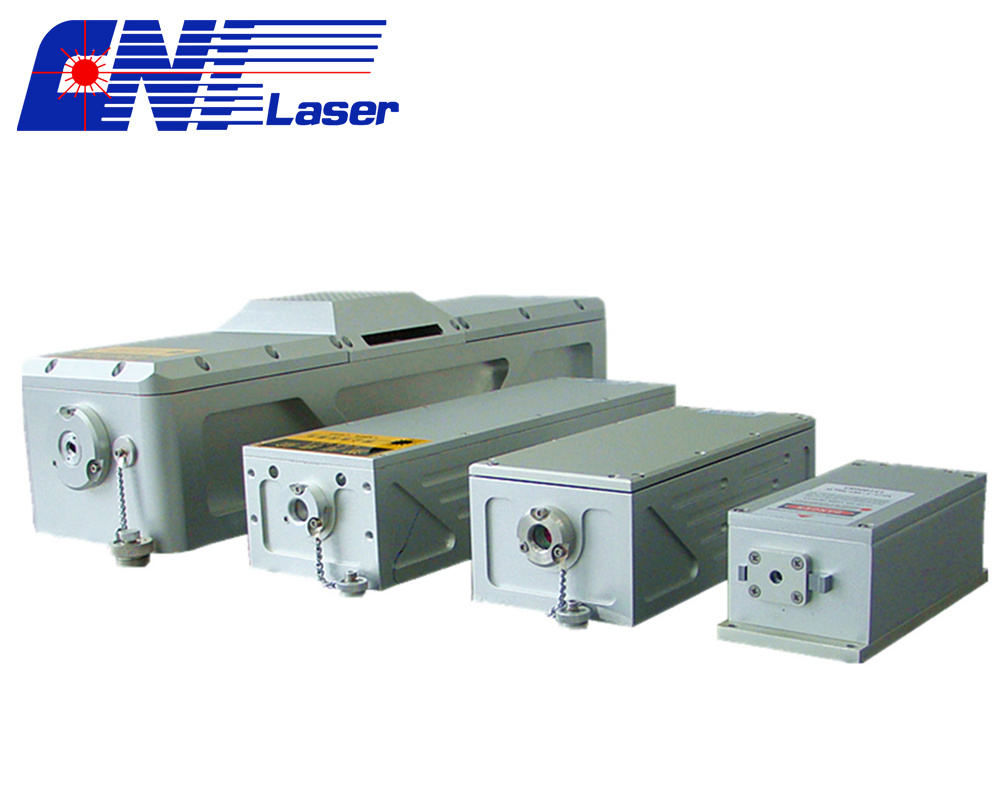Physical method of ozone concentration detection method
Physical methods for the analysis of ozone are now the most popular internationally for UV absorption. It is characterized by the characteristic absorption of ultraviolet rays at a wavelength of 254 nm by ozone. According to an analytical instrument manufactured by Beer-Lambert's law, as long as a suitable length of the absorption cell is selected, 0.002 mg/m3 to 5% can be detected ( Vol ) concentration of ozone. Its line shape is good in 4~5 orders of magnitude. This law has been used by China as a standard method for measuring ozone in ambient air (GB1/T1154348).
The ultraviolet absorption method can be applied not only to detecting the ozone concentration in the gas but also to detecting the dissolved ozone concentration in the water. UV absorption instruments have products in the United States, countries, Switzerland and Japan. In 1985, China's Beijing Analytical Instrument Factory introduced the ML-8810 UV Absorption Ozone Analyzer from the US company, MONITOR LABS, for environmental testing. Since 1992, it has gradually expanded the range to 100ppm and 1000ppm. In 1999, Beijing Super-Control Laboratory Technology Research Institute developed the ZX-01 Series UV Absorption Ozone Analyzer. Its measurement range is from 0 to 10 ppm (for environmental testing), 0 to 100 ppm, 0 to 1000 ppm, and 0 to 10000 ppm to 0~25000ppm.
UV absorption principle
The absorption of radiation by a certain gas or liquid is controlled by Lambert Beer's law:
I = I oe – klc
Where I o —— the intensity of the incident beam;
I - the intensity of the beam after it has penetrated the sample (gas or liquid);
l - the length of the light path through the sample;
c - the concentration of absorbed material in the sample;
K—the specific absorption coefficient of the wavelength of light absorbed by the substance.
This type of test requires an accurate knowledge of the k value of the material at known wavelengths.
Ozone detection
Ozone absorbs ultraviolet light in the short-wave ultraviolet region (200~300nm) Hartley, and has maximum absorption at 253.7nm. At this wavelength, the absorption coefficient values ​​ranged from 303.9 to 313.2 cm -1 • mol -1 • L (273K and 760 mmHg), and the researchers confirmed that this value was 302.4 cm -1 • mol -1 • L.
High energy Laser includes lamp pumped (LPS series) and diode pumped (DPS series) lasers. It is widely used in medical, military defense, scientific research, material processing and industrial applications. For example, remote sensing, PIV, LIBS, marking & engraving, laser repairing, laser pump source and materials processing. Available with 266 nm, 355 nm, 532 nm, 1064 nm, 1573 nm,etc... The single pulsed energy of 532 nm Green Laser can be up to 450 mJ and the energy of 1064 nm infrared laser can be up to 20 J.

High Energy Laser Dump,High Energy Laser,High Energy Laser Light,355Nm Lamp Pumped Laser
Changchun New Industries Optoelectronics Technology Co., Ltd. , https://www.cnioptics.com